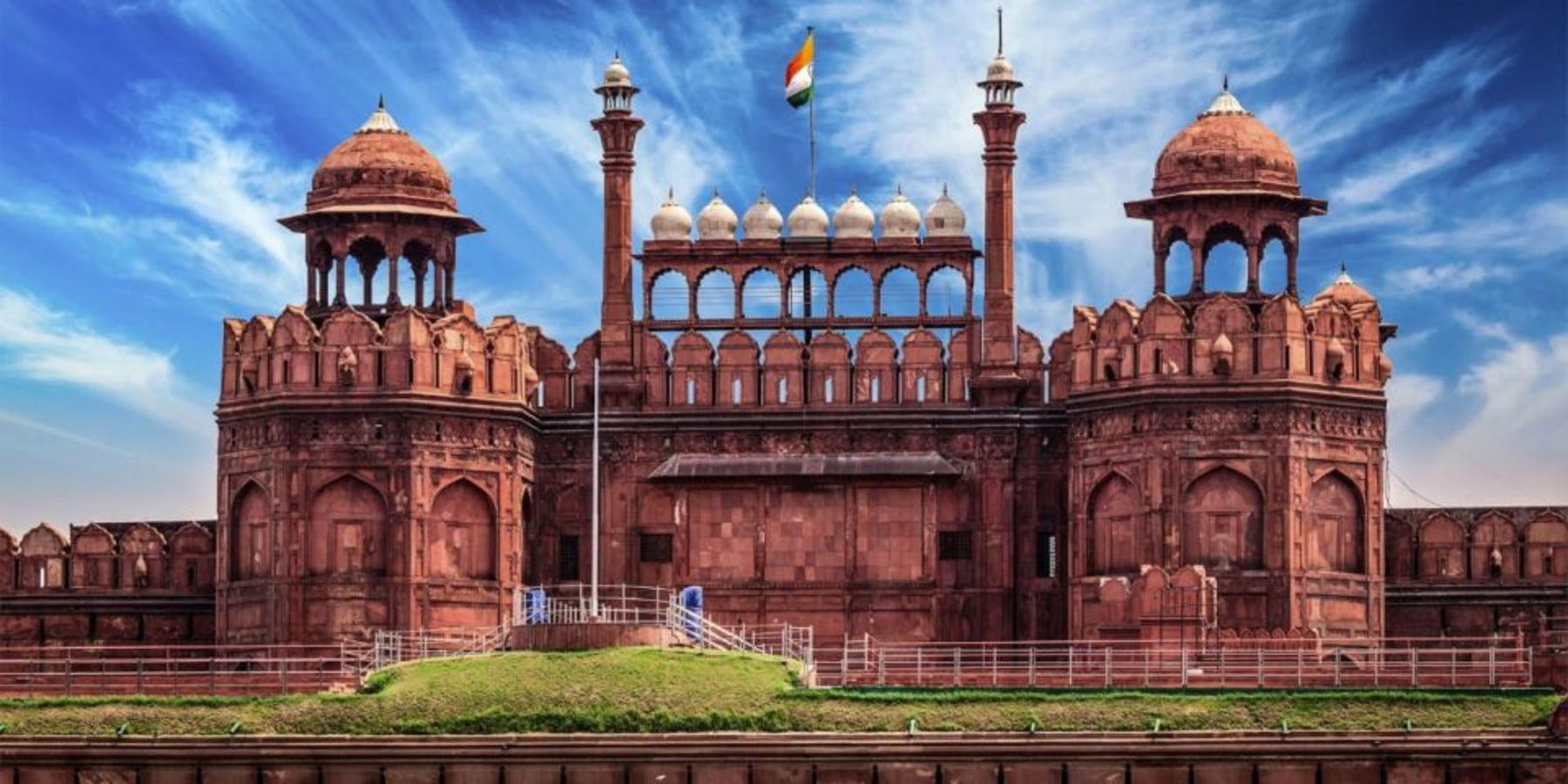
Constructed between 1638 and 1648, the Red Fort is named for its massive red sandstone walls, which stretch for over two kilometres and reach up to 33 meters in height. The fort's architectural style is a remarkable blend of Persian, Timurid, and Indian elements, reflecting the Mughal dynasty's sophisticated culture and artistic flair.
The fort's main entrance, the Lahori Gate, leads to a bustling bazaar called Chatta Chowk, where merchants once sold goods to the royal court. Further inside, visitors encounter a series of beautifully designed structures, including the Diwan-i-Aam (Hall of Public Audiences) and Diwan-i-Khas (Hall of Private Audiences). The latter is renowned for its intricate marble inlays and was where the famous Peacock Throne once stood.
Another notable feature is the Khas Mahal, the emperor's private palace, with its exquisite marble and floral decorations. The fort also contains lush gardens, such as the Hayat Bakhsh Bagh, which adds to its regal charm.
The Red Fort has witnessed significant events in Indian history, including India's Independence Day, when the Prime Minister hoists the national flag and addresses the nation from its ramparts. It has also been the backdrop for various historical transitions, from the decline of the Mughal Empire to the British colonial period and, ultimately, India's independence.
Today, the Red Fort is a popular tourist attraction, offering visitors a glimpse into India's rich past and architectural heritage. The fort's impressive design and historical significance make it a must-visit destination for anyone exploring Delhi.

